Artificial intelligence (AI) and humans are fundamentally different, with each possessing unique strengths and weaknesses. While AI is capable of processing vast amounts of data and making complex decisions in a matter of seconds, humans possess creativity, empathy, and emotional intelligence that cannot be replicated by machines. In this article, we explore the key differences between AIs and humans and how both can work together in light of these differences.
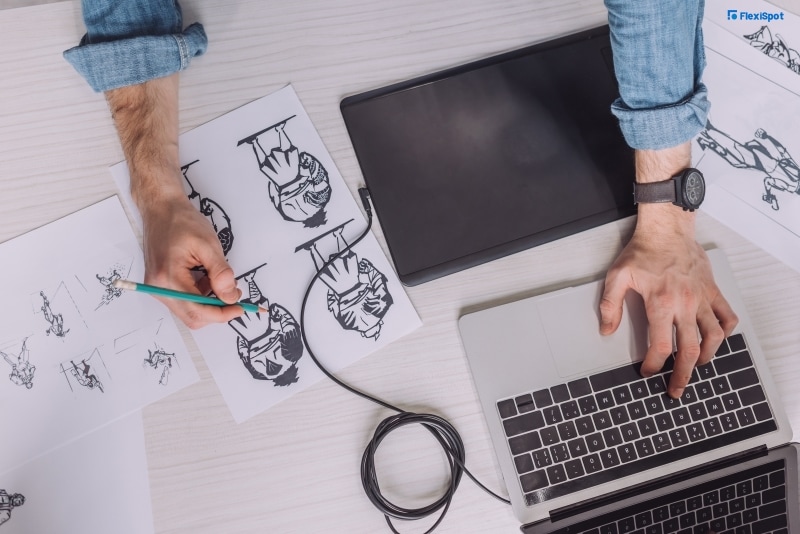
Creativity
One of the most significant differences between AIs and humans is creativity. While AI can be trained to generate novel ideas and create works of art, it cannot truly "create" in the way that humans can. Humans possess a unique ability to generate ideas and innovate in ways that are not yet possible for machines. Humans are capable of making intuitive leaps, synthesizing information from multiple sources, and making connections that are not immediately apparent. Creativity is a uniquely human trait that allows us to imagine new possibilities and shape the world around us.
Emotional Intelligence
Emotional intelligence is another area where humans have a significant advantage over AIs. Emotional intelligence refers to the ability to recognize and manage one's own emotions, as well as the emotions of others. Humans are capable of empathy, compassion, and emotional connection, all of which are essential for building and maintaining relationships. While AI can be programmed to recognize emotions, it cannot truly understand them in the way that humans can. Emotional intelligence is a key skill that allows humans to work together effectively, build trust, and solve problems in a collaborative way.
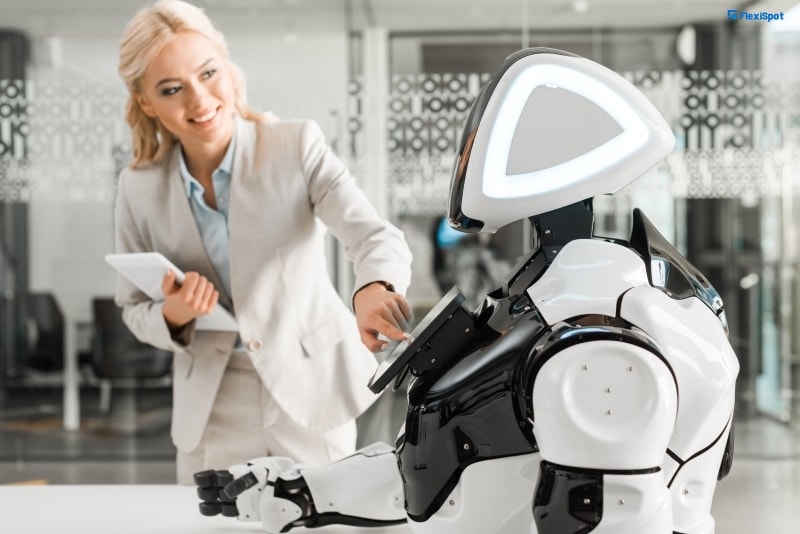
Adaptability
Humans are also more adaptable than AIs. While AI can be programmed to perform specific tasks, humans are capable of adapting to new situations, learning from experience, and making decisions in complex and unpredictable environments. Humans possess a level of flexibility and creativity that allows them to respond to changing circumstances and develop new strategies for solving problems. Humans can also learn from their mistakes and adjust their behavior accordingly, something that AIs cannot yet do.
Contextual Understanding
Contextual understanding is another area where humans have a significant advantage over AIs. Humans are capable of understanding the nuances and subtleties of language, recognizing sarcasm, irony, and metaphor. Humans are also capable of understanding social cues and non-verbal communication, which are essential for effective communication and collaboration. While AI can be trained to recognize patterns in language and understand basic commands, it cannot yet understand the complexities of human communication in the same way that humans can.

Morality
Finally, humans possess a sense of morality that is not yet present in AIs. While AI can be programmed to follow ethical guidelines, it cannot yet make moral decisions in the same way that humans can. Humans possess a sense of empathy and compassion that allows us to consider the impact of our actions on others, and to make decisions based on a sense of right and wrong. While AI can be programmed to follow rules and guidelines, it cannot yet make ethical decisions in the same way that humans can.
How Humans and AI can Work Hand-in-Hand
The rise of artificial intelligence (AI) has led to concerns about job loss and the displacement of human workers. However, the relationship between humans and AI need not be adversarial. In fact, by working together, humans and AI can achieve more than either could achieve alone.
Below we explore some of the ways in which humans and AI can work together.
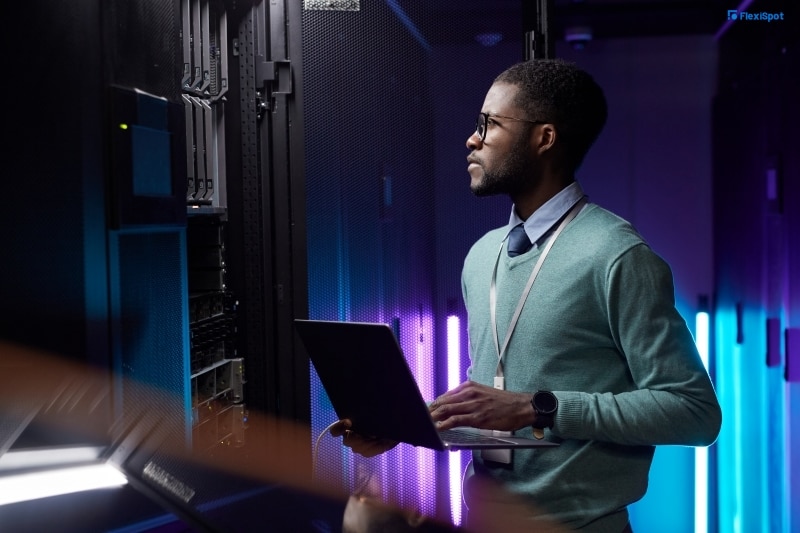
Augmented Intelligence
One of the most promising areas for collaboration between humans and AI is augmented intelligence. Augmented intelligence refers to the use of AI to enhance human capabilities, rather than to replace them. By combining the unique strengths of humans and AI, we can create a more powerful and effective workforce. For example, AI can be used to analyze data and provide insights, while humans can provide context and make decisions based on their experience and intuition.
Process Automation
Another area where humans and AI can work together is in process automation. By automating repetitive and mundane tasks, AI can free up humans to focus on more complex and creative work. For example, an AI-powered chatbot can handle basic customer service inquiries, while human customer service agents can handle more complex and nuanced issues. This allows humans to focus on providing value in areas where their unique strengths are most needed.
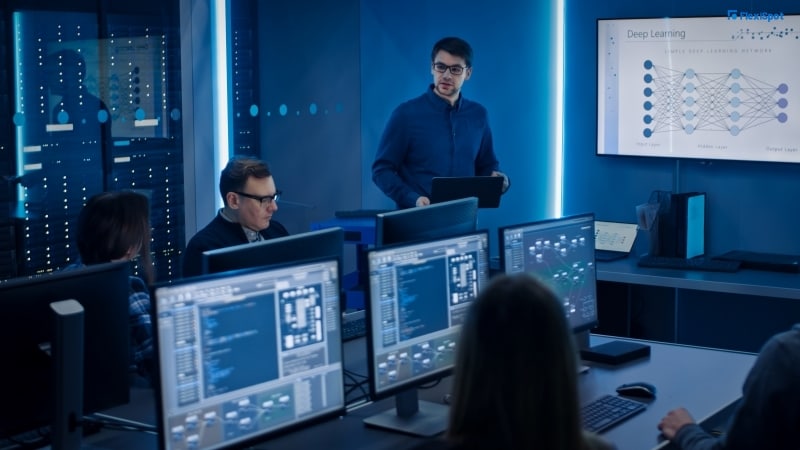
Predictive Analytics
Predictive analytics is another area where humans and AI can work together. By analyzing vast amounts of data, AI can identify patterns and make predictions about future outcomes. Humans can then use this information to make informed decisions and develop strategies for the future. For example, an AI-powered system can analyze data from customer interactions to identify trends and patterns, while human marketers can use this information to develop targeted marketing campaigns.
Quality Assurance
Quality assurance is another area where humans and AI can work together. By using AI-powered systems to identify potential errors and defects, humans can focus on addressing these issues and improving quality. For example, an AI-powered system can analyze data from manufacturing processes to identify potential defects, while human quality assurance teams can address these issues and implement process improvements.
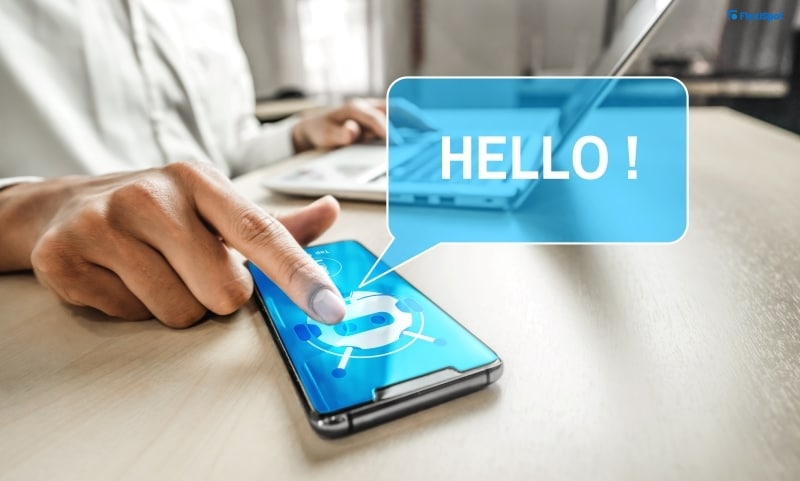
Customer Experience
Finally, humans and AI can work together to improve the customer experience. By using AI to automate routine tasks and provide personalized recommendations, humans can focus on providing a high level of customer service and building relationships with customers. For example, an AI-powered system can provide personalized product recommendations based on customer preferences, while human sales associates can provide personalized assistance and build rapport with customers.
Even with AI around, humans should not get lazy! Instead, you should work just as hard in your ergonomic workspace so you can perform better at work and even draw in more income for you every month.
Final Word
In conclusion, while AI and humans possess different strengths and weaknesses, they are both essential for building a better future. AI is capable of processing vast amounts of data and making complex decisions in a matter of seconds, while humans possess creativity, emotional intelligence, adaptability, contextual understanding, and morality. By working together, humans and AI can achieve more than either could achieve alone, creating a world that is more innovative, connected, and compassionate.
